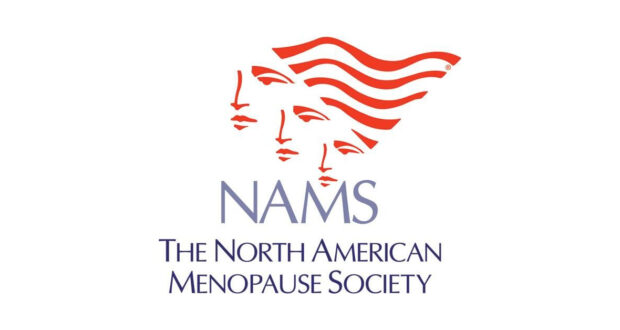By: Red Hot Mamas
Published: July 13, 2022
New position statement confirms that hormone therapy remains most effective treatment for hot flashes and other menopause symptoms and has been shown to prevent bone loss and fracture
CLEVELAND, Ohio (July 7, 2022)—In the 20 years since the Women’s Health Initiative, hormone therapy remains one of the most hotly debated topics around the treatment of such bothersome menopause symptoms as hot flashes. In an effort to provide the most up-to-date, scientifically based information on the topic, The North American Menopause Society (NAMS) has issued its 2022 Hormone Therapy Position Statement that will be published today in Menopause, the official NAMS journal.
“NAMS is pleased to announce the release of its updated Position Statement on hormone therapy,” says Dr. Stephanie S. Faubion, NAMS Medical Director and lead of the Position Statement Advisory Panel. “Since our last Position Statement on hormone therapy published in 2017, there have been important additions that further clarify the balance of risks and benefits of hormone therapy options for menopause symptoms. NAMS has reviewed existing data on hormone therapies published after the last Position Statement and, after exhaustive research and review of the literature, we have found that what hasn’t changed is that hormone therapy remains the most effective treatment for vasomotor symptoms and the genitourinary syndrome of menopause and has been shown to prevent bone loss and fracture.”
Highlights from the NAMS 2022 Hormone Therapy Position Statement include;
- Hormone therapy remains the most effective treatment for vasomotor symptoms (VMS) and the genitourinary syndrome of menopause (GSM) and has been shown to prevent bone loss and fracture.
- Personalization with shared decision-making remains key, with periodic reevaluation to determine an individual woman’s benefit-risk profile, with recommendations for the use of the appropriate dose, duration, regimen, and route of administration required to manage a woman’s symptoms and to meet treatment goals.
- Risk stratification by age and time since menopause is recommended.
- The benefits of hormone therapy outweigh the risks for most healthy symptomatic women who are aged younger than 60 years and within 10 years of menopause onset.
- Transdermal routes of administration and lower doses of hormone therapy may decrease risk of venous thromboembolism and stroke.
- Women with primary ovarian insufficiency and premature or early menopause have higher risks of bone loss, heart disease, and cognitive or affective disorders associated with estrogen deficiency. It is recommended that hormone therapy can be used until at least the mean age of menopause unless there is a contraindication to its use.
- There is a paucity of randomized, controlled trial data about the risks of extended duration of hormone therapy in women aged older than 60 or 65 years, although observational studies suggest a potential rare risk of breast cancer with increased duration of hormone therapy.
- For select survivors of breast and endometrial cancer, observational data show that use of low-dose vaginal estrogen therapy for those who fail nonhormone therapy for treatment of GSM appears safe and greatly improves quality of life for many.
- Breast cancer risk does not increase appreciably with short-term use of estrogen-progestogen therapy and may be decreased with estrogen alone.
- Compounded bioidentical hormone therapy presents safety concerns, such as minimal government regulation and monitoring, overdosing or underdosing, presence of impurities or lack of sterility, lack of scientific efficacy and safety data, and lack of a label outlining risks.
- Hormone therapy does not need to be routinely discontinued in women aged older than 60 or 65 years and can be considered for continuation beyond age 65 for persistent VMS, quality-of-life issues, or prevention of osteoporosis after appropriate evaluation and counseling of benefits and risks.
- For women with GSM, vaginal estrogen (and systemic if required) or other nonestrogen therapies may be used at any age and for extended duration, if needed.
“The 2022 Hormone Therapy Position Statement of The North American Menopause Society” has been endorsed by more than 20 well-respected international organizations. It can be viewed on the NAMS website. A patient-education piece, “Deciding About Hormone Therapy Use,” part of the NAMS MenoNote series, is also available on the website. This valuable handout simplifies the data in the new NAMS Position Statement for women trying to make decisions about using hormone therapy.
For more information about menopause and healthy aging, visit www.menopause.org.
 Red Hot Mamas In Charge of Change.
Red Hot Mamas In Charge of Change.




